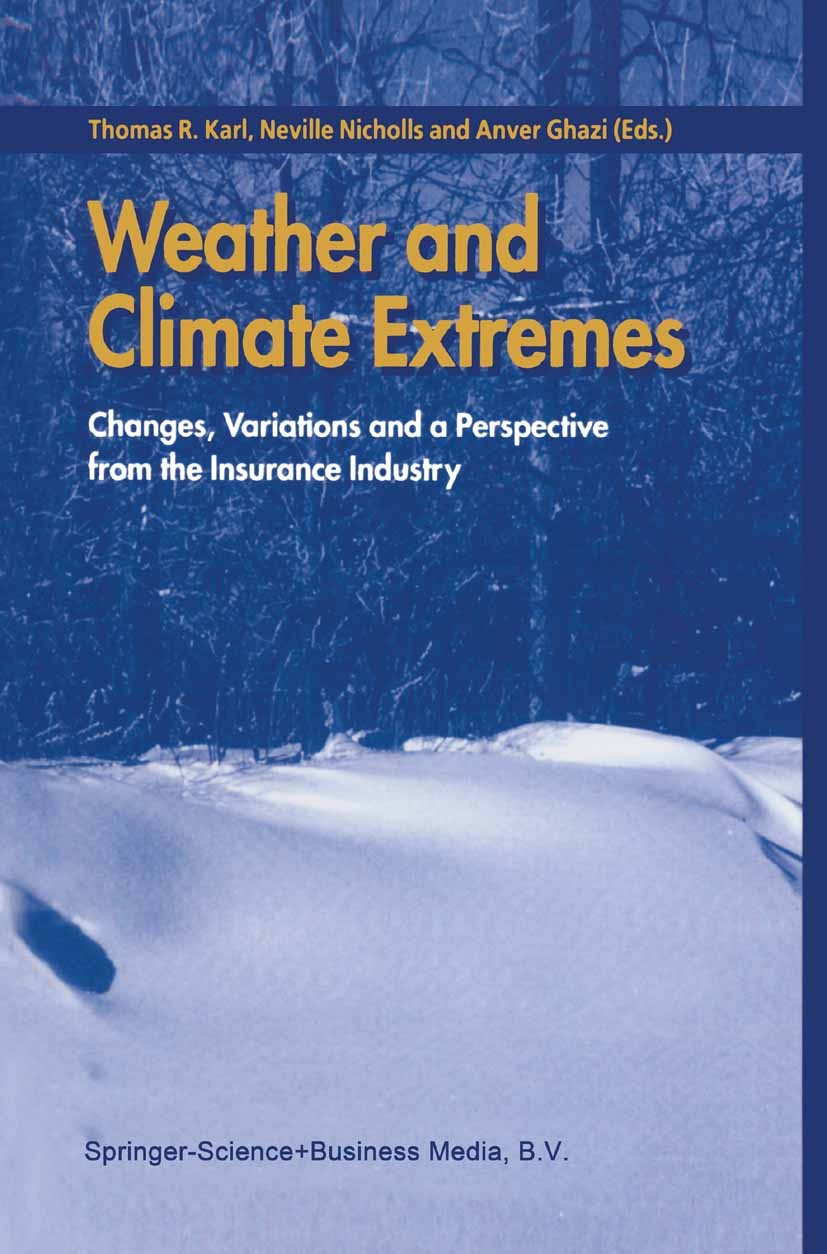气候变化中的野火风险:利用CMIP6多模式预估评估火灾天气指数及其全球模式
IF 6.9
1区 地球科学
Q1 METEOROLOGY & ATMOSPHERIC SCIENCES
引用次数: 0
摘要
本研究利用耦合模式比对项目(CMIP6)第六阶段最新的多模式预测,通过比较分析两个著名的火灾天气指数:麦克阿瑟森林火险指数(FFDI)和加拿大森林火险指数(FWI),调查了不同全球变暖情景下的潜在野火风险。利用极端梯度增强(XGBoost)算法和Shapley值,我们确定了气象变量对火灾天气危险的影响,以FFDI和FWI为代表。研究结果表明,在共享社会经济路径(SSP) 5-8.5高排放情景下,FFDI和FWI都预测了火灾天气的显著加剧,特别是在历史上公认的高风险热点地区,显示出强大的模型间一致性。值得注意的是,FFDI的未来预测表明,可能发生空前严重的野火。使用Shapley值的比较分析突出了气象输入变量对火灾天气模拟的贡献的实质性区域和指数特定变化。由于全球变暖导致所有变量的系统性强化,这些全球格局通常得以保留,但深入的区域尺度分析进一步揭示了控制FFDI和FWI的主导因素之间的鲜明对比。这些发现激发了对经验推导的火灾模型的潜在适应性和差异的讨论,强调了未来研究需要提高灵活性和多因素考虑来推进火灾天气模型。本文章由计算机程序翻译,如有差异,请以英文原文为准。
Wildfire risk in a changing climate: Evaluating fire weather indices and their global patterns with CMIP6 multi-model projections
This study investigates potential wildfire risks across different global warming scenarios through a comparative analysis of two prominent fire weather indices: the McArthur Forest Fire Danger Index (FFDI) and the Canadian Forest Fire Danger Index (FWI), leveraging the latest multi-model projections from the 6th phase of the Coupled Model Intercomparison Project (CMIP6). Utilizing the Extreme Gradient Boosting (XGBoost) algorithm and the Shapley value, we identify the impacts of meteorological variables on fire weather danger as represented by FFDI and FWI. Our findings reveal that under the Shared Socioeconomic Pathways (SSP) 5–8.5 high-emission scenario, both FFDI and FWI project significant intensification of fire weather, particularly in historically recognized high-risk hotspots, demonstrating robust inter-model consistency. Notably, the future projections of FFDI indicate the likely occurrence of wildfires with unprecedented severity. The comparative analysis using Shapley values highlights substantial regional and index-specific variations in the contribution of meteorological input variables to fire weather simulations. While these global patterns are generally retained as global warming leads to a systematic reinforcement of all variables, in-depth regional scale analyses further uncover a stark contrast of dominant factors controlling FFDI and FWI. These findings stimulate discussion on the potential adaptability and discrepancies of empirically derived fire models, highlighting the need for future research to advance fire weather modeling with enhanced flexibility and multi-factor consideration.
求助全文
通过发布文献求助,成功后即可免费获取论文全文。
去求助
来源期刊

Weather and Climate Extremes
Earth and Planetary Sciences-Atmospheric Science
CiteScore
11.00
自引率
7.50%
发文量
102
审稿时长
33 weeks
期刊介绍:
Weather and Climate Extremes
Target Audience:
Academics
Decision makers
International development agencies
Non-governmental organizations (NGOs)
Civil society
Focus Areas:
Research in weather and climate extremes
Monitoring and early warning systems
Assessment of vulnerability and impacts
Developing and implementing intervention policies
Effective risk management and adaptation practices
Engagement of local communities in adopting coping strategies
Information and communication strategies tailored to local and regional needs and circumstances
 求助内容:
求助内容: 应助结果提醒方式:
应助结果提醒方式:


